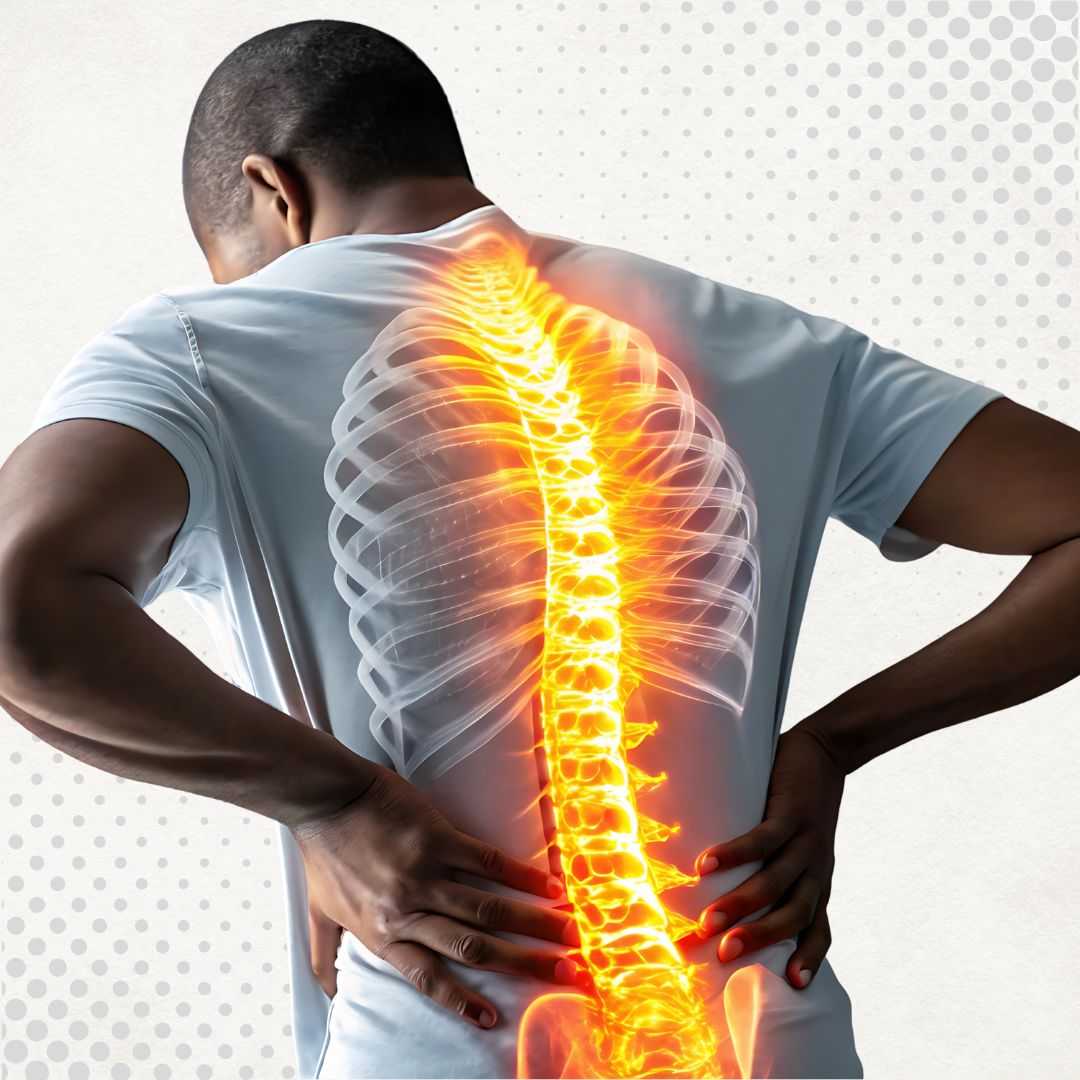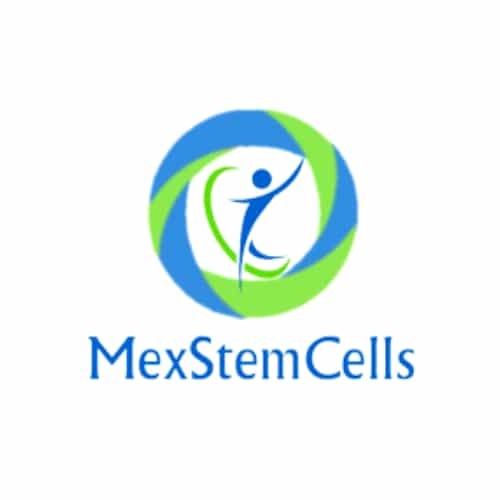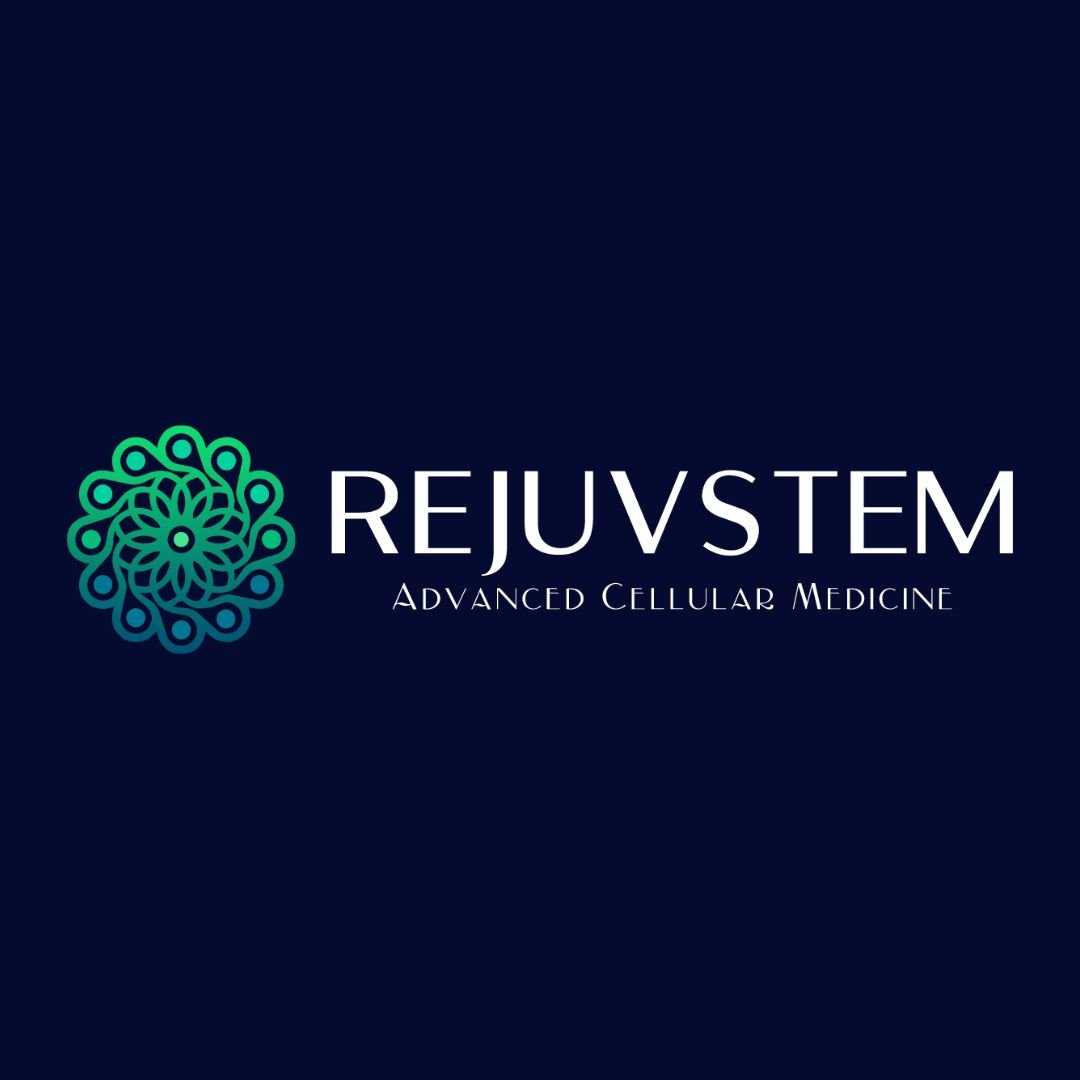Hair Restoration in Mexico with Stem Cells: What You Need to Know
If you've been watching your hairline recede or noticing more strands in the shower drain than usual, you aren't alone. Hair loss is a deeply personal struggle for millions, and traditional remedies like topical foams or harsh medications often fall short. This has led many to look south of the border, asking: Does stem cell therapy help with hair loss in Mexico?
The short answer is yes. Mexico has become a global hub for regenerative medicine, offering advanced stem cell hair treatments that go beyond just masking the problem. Instead of simply moving hair around like a traditional transplant, this therapy aims to revive the hair follicles you already have. By injecting powerful growth factors and stem cells directly into the scalp, doctors can "wake up" dormant follicles and encourage thicker, healthier growth.
In this guide, we'll dive deep into everything you need to know. We will cover the real costs, the safety protocols, the types of cells used, and why so many people are flying to cities like Tijuana and Cancun to restore their hair and confidence.
Does stem cell therapy really help with hair loss?
Stem cell therapy for hair loss is not magic; it's biology. The procedure works by leveraging your body's own repair mechanisms. When stem cells or exosomes are injected into the scalp, they release potent growth factors that signal your hair follicles to shift from the resting phase (telogen) back into the active growth phase (anagen). This is crucial for halting the progression of balding.
Furthermore, this therapy helps to combat the miniaturization of hair follicles—a common issue in androgenetic alopecia (pattern baldness). By improving blood supply and reducing inflammation around the follicle, the hair that grows back is often thicker, darker, and more robust. It is a regenerative approach that treats the root cause of the loss rather than just the symptoms.
How much does stem cell hair therapy cost in Mexico?
One of the biggest drivers for medical tourism is affordability, and stem cell hair treatment cost in Mexico is hard to beat. While prices vary depending on the clinic, the city (e.g., Tijuana vs. Mexico City), and the complexity of your case, you can generally expect to pay a fraction of what you would in Western countries. This price often includes the consultation, the harvesting process, and the injection procedure itself.
It is important to note that "cheaper" does not mean "lower quality." The lower cost is largely due to the lower cost of living, reduced administrative overhead, and more favorable insurance environments in Mexico. Many clinics offer all-inclusive packages that may even cover ground transportation, making the logistics seamless for international patients.
Cost Comparison: Mexico vs. USA vs. Canada
To give you a clearer picture of the financial benefits, here is a detailed breakdown comparing the estimated costs of stem cell therapy for hair loss across these three countries.
| Country | Average Cost (USD) | What's Typically Included |
|---|---|---|
| Mexico | $2,500 - $4,500 | Consultation, Procedure, Follow-up, sometimes Ground Transport |
| United States | $8,000 - $15,000 | Consultation and Procedure only |
| Canada | $7,500 - $12,000 | Consultation and Procedure only |
As you can see, choosing Mexico for hair restoration can save you thousands of dollars, which many patients choose to invest in a relaxing recovery vacation or additional booster treatments.
Why is stem cell hair treatment cheaper in Mexico?
The price difference often raises eyebrows, but the economics are straightforward. In the US, medical practices face astronomical costs for malpractice insurance, administrative staff, and facility rent. Mexican clinics face significantly lower operational expenses, allowing them to pass those savings directly to the patient without compromising on medical technology or hygiene.
Additionally, the medical tourism industry in Mexico is highly competitive. Clinics in popular destinations like Tijuana, Cancun, and Guadalajara compete for international patients, which keeps prices fair and quality high. They know that a bad review can ruin their reputation, so they are incentivized to provide excellent value.
What types of stem cells are used for hair loss in Mexico?
There are a few different ways doctors harvest the cells. The most common method in Mexico is using adipose-derived stem cells. This involves a mini-liposuction, usually from the abdomen, to harvest a small amount of fat. This fat is rich in mesenchymal stem cells (MSCs), which are then separated and injected into the scalp.
Another popular option is Exosome therapy. Exosomes are not cells themselves but are the "messengers" that cells release to communicate. They are packed with growth factors and RNA that signal healing. Many clinics in Mexico use lab-tested, high-quality exosomes derived from donated umbilical cord tissue (Wharton's Jelly), which can be more potent than older patient-derived cells.
Is stem cell therapy for hair loss legal in Mexico?
Safety and legality are top concerns. In Mexico, the regulatory body responsible for public health is COFEPRIS (Comisión Federal para la Protección contra Riesgos Sanitarios). It acts similarly to the FDA in the United States. Regenerative medicine is legal, but clinics must hold specific licenses to harvest and manipulate stem cells.
When researching a clinic, you should always ask to see their COFEPRIS license. Legitimate clinics will display this proudly. This regulation ensures that the biological materials are handled in sterile environments and that the medical staff is properly trained in stem cell application.
How does the stem cell hair transplant procedure work?
The process is generally an outpatient procedure that takes about 3 to 5 hours. First, if you are using your own cells, the doctor will perform a quick extraction—usually taking a small amount of fat from the "love handles" under local anesthesia. This fat is then processed in a centrifuge to separate the potent stem cells from the rest of the tissue.
Once the "stromal vascular fraction" (the stem cell-rich cocktail) is ready, the doctor numbs your scalp. They then use micro-needles to inject the solution into the target areas where hair is thinning. This direct delivery ensures the growth factors reach the follicle bulb where they are needed most.
Is the procedure painful?
Fear of pain is a common barrier, but stem cell hair therapy is surprisingly manageable. The fat harvesting step is done under local anesthesia, so you will feel pressure but no sharp pain. Similarly, the scalp is numbed with a nerve block or topical anesthetic before any needles are used.
After the anesthesia wears off, you might feel a sensation similar to a mild sunburn on your scalp or some soreness in the abdominal area if fat was harvested. This discomfort is usually easily managed with over-the-counter pain relievers and typically subsides within 24 to 48 hours.
What is the recovery time for stem cell hair treatment?
One of the major advantages of this non-surgical approach is the minimal downtime. Unlike a traditional hair transplant (FUE or FUT), there are no large incisions or stitches on your head. You can technically fly home the next day, although many patients choose to stay an extra day to rest.
You may experience some mild swelling or redness on the forehead or scalp for a few days. Doctors usually advise avoiding heavy sweating, gyms, or swimming pools for at least 5 to 7 days to prevent infection and allow the stem cells to settle properly in the scalp tissue.
How long does it take to see results from stem cell hair therapy?
Patience is key with regenerative medicine. You won't wake up with a full head of hair the next morning. The first thing most patients notice is a dramatic decrease in hair shedding after a few weeks. This is a sign that the follicles are strengthening.
Visible new hair growth generally starts to kick in around the 3-month mark. The hair shaft gradually becomes thicker and more pigmented. By 6 to 9 months, the full benefits of the treatment are usually visible, with the scalp looking fuller and healthier than before.
Are the results of stem cell hair therapy permanent?
While stem cell therapy can effectively reverse miniaturization and regrow hair, it does not change your underlying genetics. If you are genetically predisposed to male or female pattern baldness, the hormone DHT will continue to attack your follicles over time.
Think of this treatment as turning back the clock rather than stopping time completely. Many patients enjoy their results for several years, but some choose to undergo a "booster" treatment or a smaller session of Exosomes every year or two to maintain their hair density and scalp health.
What are the risks and side effects of stem cell hair therapy?
Because the treatment often uses your own cells (autologous), the risk of allergic reaction or rejection is virtually non-existent. The primary risks are related to the injection process itself, such as infection or bruising, but these are rare in sterile, professional clinics.
If you opt for allogeneic stem cells (from a donor), ensuring the clinic screens their product rigorously for pathogens is vital. Reputable clinics in Mexico use certified labs that screen for HIV, Hepatitis, and other communicable diseases, making the safety profile very high.
Who is a good candidate for stem cell hair therapy?
Stem cell treatments work best when there is something to work with. If you have areas of thinning hair or a receding hairline where fine "peach fuzz" is still visible, you are likely a great candidate. The stem cells can revitalize these weak follicles.
However, if an area of your scalp is completely smooth and shiny (indicating the follicles are dead and scarred over), stem cells alone may not be enough. In these cases, a combination of a hair transplant plus stem cell therapy might be the recommended route.
Can women undergo stem cell therapy for hair loss?
Hair loss in women often presents differently than in men, usually as diffuse thinning across the top of the scalp rather than a receding hairline. Stem cell therapy is particularly effective for this pattern of loss. It is a non-hormonal, non-surgical option that is very appealing to women who want to avoid the downtime of surgery or the side effects of medications like Finasteride.
How do I choose a safe clinic in Mexico for stem cell therapy?
Doing your homework is essential. Don't just go for the cheapest option. Look for clinics that specialize in regenerative medicine. Check their website for "before and after" photos that look realistic (not photoshopped). Search independent forums and YouTube for patient testimonials.
Ask direct questions during your consultation: "Where do you get your stem cells?" "Is the doctor board-certified?" "What is your protocol if I have a complication?" A transparent, high-quality clinic will be happy to answer these questions to put your mind at ease.
What is the difference between PRP and stem cell therapy?
You may have heard of PRP (Platelet-Rich Plasma). While PRP is good, stem cell therapy is considered the "heavy artillery." PRP acts like a fertilizer, providing nutrients to the hair. Stem cells act like seeds and workers, actively repairing the tissue and creating a new biological environment for growth.
For patients with more advanced thinning, stem cells usually offer superior results compared to PRP alone. However, many Mexican clinics combine both—injecting stem cells mixed with PRP—to maximize the benefits.
Can stem cells regrow hair on a completely bald head?
It is important to manage expectations. If you have been fully bald in an area for many years, the follicle openings have likely closed up. Stem cells cannot generate a new hair follicle from scratch on scar tissue. In these scenarios, a hair transplant (FUE) is necessary to move follicles to the bald area, potentially using stem cells to speed up the healing and growth of the transplanted grafts.
Can I combine stem cell therapy with a hair transplant?
This is becoming the "gold standard" in hair restoration. By injecting stem cells during a hair transplant surgery, doctors can improve the survival rate of the transplanted follicles. The stem cells reduce the trauma to the scalp, minimize scarring in the donor area, and often lead to faster, denser growth than a transplant alone.
Many clinics in Mexico offer "hybrid" packages that include both the FUE transplant and a stem cell infusion, giving patients a comprehensive solution that addresses both bald spots and general thinning.



.png)














Share this listing